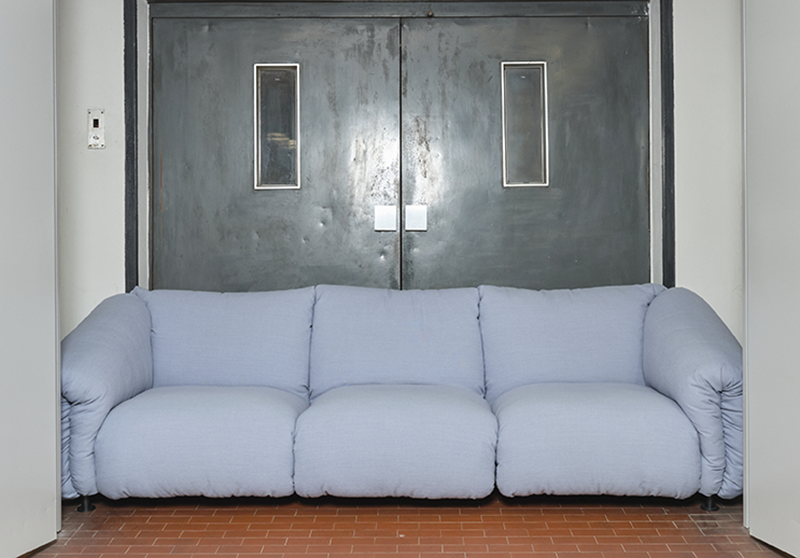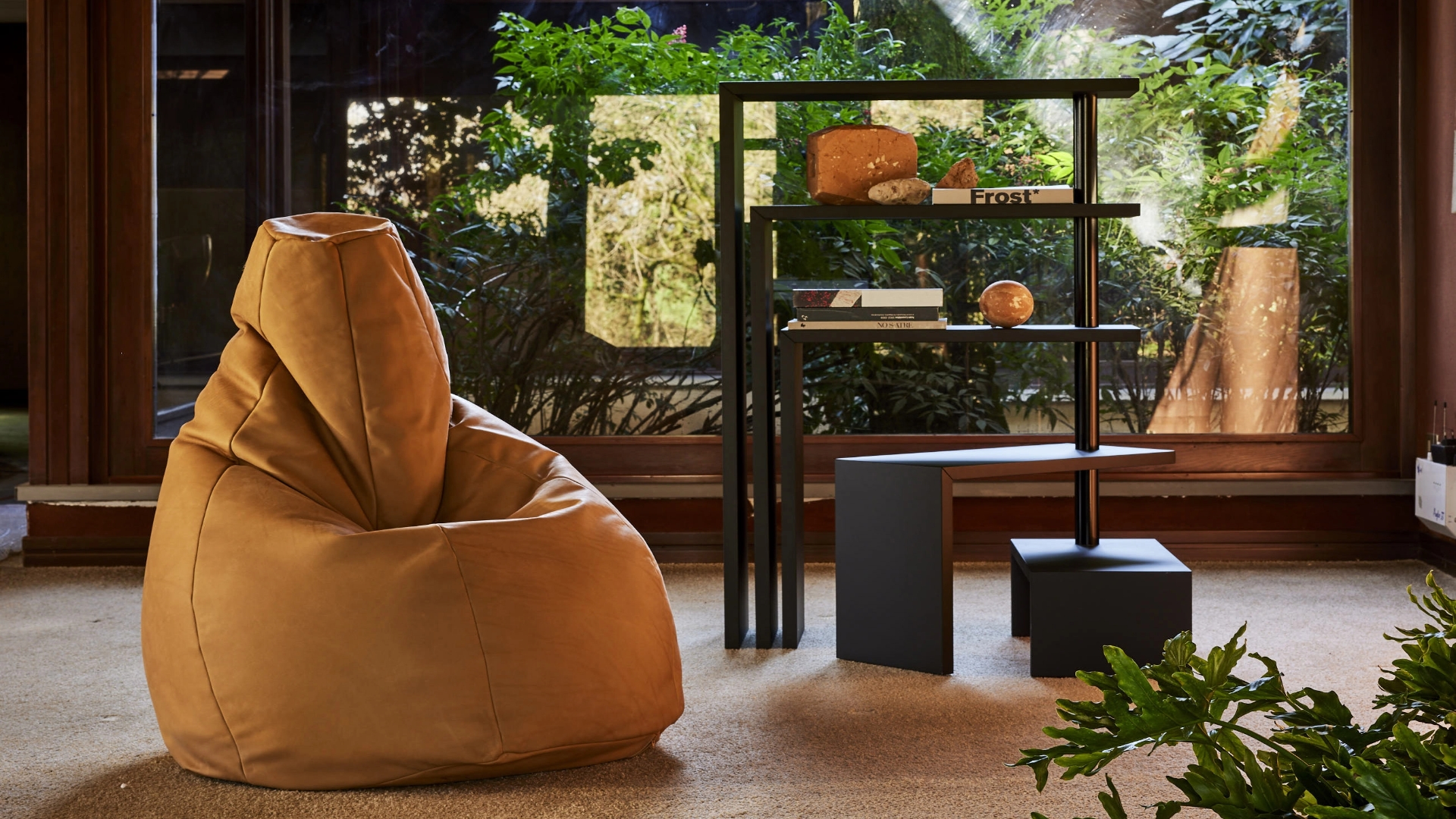From design to product
Zanotta 2025: New creations and enduring collaborations united by a shared vision.
Discover more


.png)



Be the first to be informed about the latest news, upcoming events and new products by Zanotta.